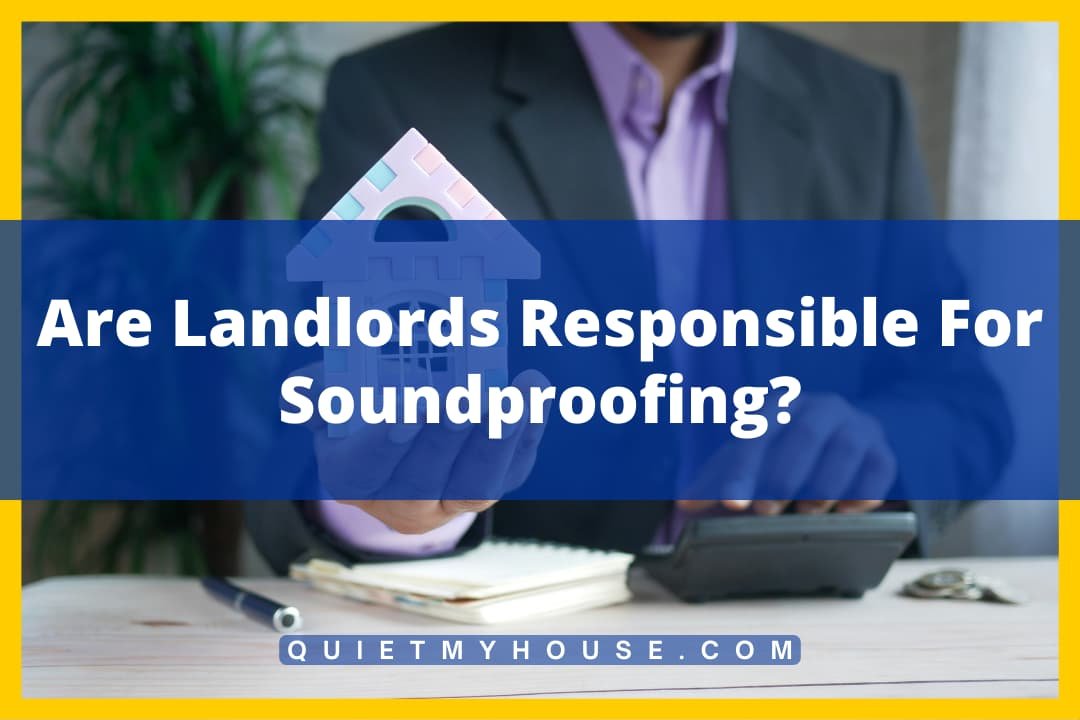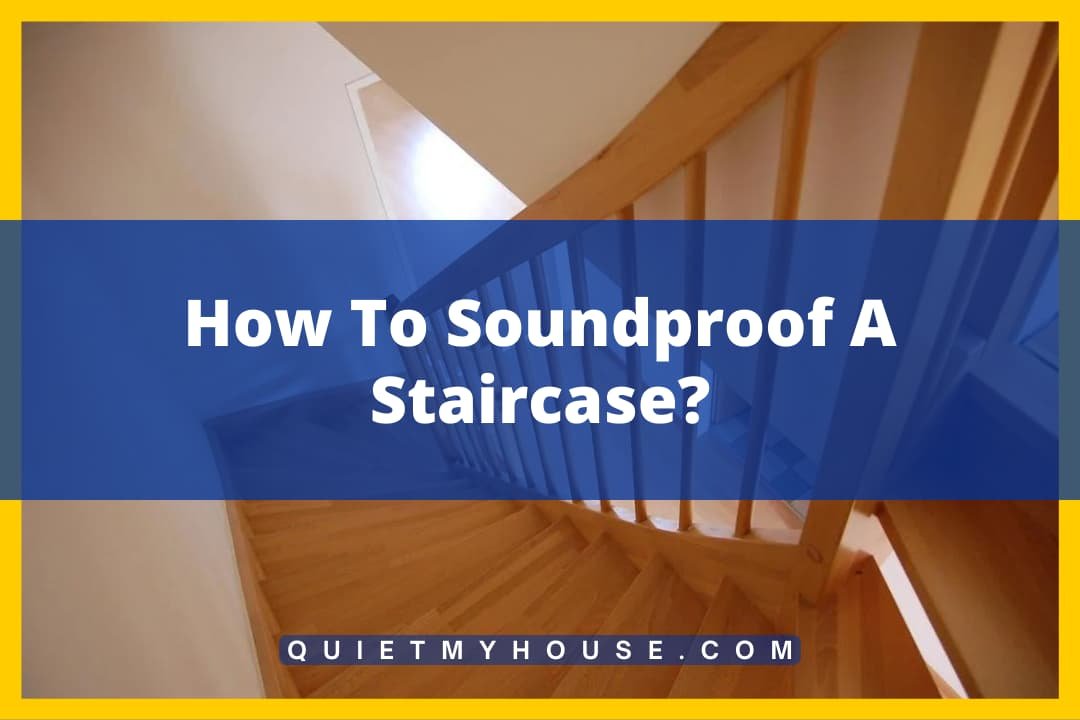Drilling is a necessary part of the renovation of homes and other spaces. However, drilling can be incredibly loud and bothersome, especially indoors. To keep it quieter, there are a few different techniques and products people should look into.
Drilling noises can be adjusted by choosing softer materials to drill through, buying additional materials like mufflers, and making sure that the drill has a quiet setting. Other options include wearing earbuds, using white noise, or using pink noise.
Drilling can be muted, but there are a few steps needed to accomplish soundproofing during renovation.
Modifications for the Drill
There are quite a few different types of drills that can be used to reduce the noise it makes. Many people who use drills recommend using a pneumatic hammer drill. Pneumatic hammer drills are unique because they hammer while drilling. This makes it significantly more powerful.
The additional power makes the drill work faster. The faster the drill works, the less noise there will be. It will also make less of a squeaking noise due to the drill having to exert less effort to get through the material.
After deciding what type of drill is best for the project, the next step is to choose what make and model of drill to purchase. There are some models that have a quiet operating switch. Models that have quiet operating switches can be incredibly better at muting sound.
Another technique that can decrease noise and might even lengthen the life of the bit is to go significantly slower. The slower a person drills, the less energy is expended, and less noise is created.
The recommended speed is less than or equal to 700 rotations per minute for a quarter-inch drill bit or smaller.
There are also some products that people can purchase to make a drill quieter as well. The most popular option is called a muffler.
Mufflers are built to trap air, which reduces sound. Mufflers are attached to the drill externally and are made to be fairly easy to install. Here is a great option for mufflers for pneumatic devices!
Additional Products for Soundproofing
It is amazing that drills have been developed enough to have attachments and modes that make them quieter to use. However, drilling can still be a loud experience.
There are a few things and products that a person can utilize to make the experience less noisy for them. The main products that would be good to invest in are headphones, earplugs, or some kind of noise-making machine.

Sound canceling headphones would be the most reliable and best option for people accomplishing different projects because they are easy to use and reusable.
Sound-canceling headphones are super easy to slip on and forget about. They can come in many different styles and shapes to best suit an individual’s needs.
Ear plugs can also be nice. However, there are some downsides to earplugs. One of these downsides is the fact that they can be painful after long periods of time. Most earplugs are not shaped to fit inside the ear, so they can also fall out easily.
There are a few that are, but not many. Even if they fit, they might only muffle the noise. It would be recommended to get heavy-duty earplugs that are used for shooting or other loud experiences like concerts.
Another option, if wearing headphones or earbuds is not feasible, is to get a noise-making machine. This may seem counterintuitive but getting a machine that can make white or pink noise can help muffle the sounds coming from certain frequencies.
Pink sound especially is known for reducing the frequencies that drills tend to emit. There are a variety of models and makes out there that will fit most budgets and needs. Here is a model that many love for a cheap price!
Important Tips and Tricks for Drill
When drilling, there are a few different tips and tricks that can help reduce noise while still getting the job done! There are some different actions a person should take before drilling. If someone is trying to drill into a wall, it is important to use a stud finder.
There are pieces of metal in walls that can impede a drill from successfully working. If a person drills into a stud, they will make excessive noise and be unable to complete the task. Stud finders are a highly recommended tool when drilling.
Another tip and trick for drilling is to use caulking material where a person will be drilling. Caulking material is typically used to fill holes and gaps between spaces. It can be used to limit noise, as it is a softer material to drill through than wood or brick.
There are different types of caulking material that can be used depending on the project and the needs of the individual. Some of these different kinds of caulk material include liquid nails, foam insulation, and sealant tape.
Other basic tips and tricks include planning out small periods of time to drill and picking out softer materials to drill through. Noise, especially when doing personal construction, is hard to manage completely.
So, if the noise (even muted) is too much, the biggest thing is to do it in small bursts. Do 15 minutes of drilling over a longer duration of time instead of hours in a day. It will make the process longer but less painful.
If that is not feasible, it is always a good idea to pick softer materials to drill into. Brick and stone are incredibly hard, so it requires more energy to drill through. That energy is often translated into heat and noise.
Some projects can be accomplished just as easily with wood or softer materials. It is worth investigating and trying to find soft but durable materials for the project.
Once all of these products and modifications have been made, the sound of drilling is bound to be reduced. This will make the renovation process much less painful and might even make it enjoyable.




